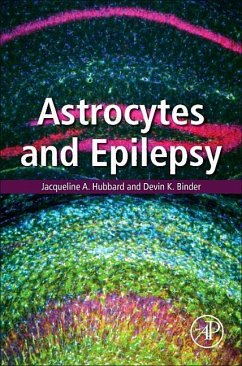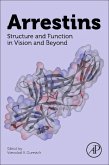Epilepsy is a devastating group of neurological disorders characterized by periodic and unpredictable seizure activity in the brain. There is a critical need for new drugs and approaches given than at least one-third of all epilepsy patients are not made free of seizures by existing medications and become "medically refractory". Much of epilepsy research has focused on neuronal therapeutic targets, but current antiepileptic drugs often cause severe cognitive, developmental, and behavioral side effects. Recent findings indicate a critical contribution of astrocytes, star-shaped glial cells in the brain, to neuronal and network excitability and seizure activity. Furthermore, many important cellular and molecular changes occur in astrocytes in epileptic tissue in both humans and animal models of epilepsy. The goal of Astrocytes and Epilepsy is to comprehensively review exciting findings linking changes in astrocytes to functional changes responsible for epilepsy for the first time in book format. These insights into astrocyte contribution to seizure susceptibility indicate that astrocytes may represent an important new therapeutic target in the control of epilepsy.
Astrocytes and Epilepsy includes background explanatory text on astrocyte morphology and physiology, epilepsy models and syndromes, and evidence from both human tissue studies and animal models linking functional changes in astrocytes to epilepsy. Beautifully labelled diagrams are presented and relevant figures from the literature are reproduced to elucidate key findings and concepts in this rapidly emerging field. Astrocytes and Epilepsy is written for neuroscientists, epilepsy researchers, astrocyte investigators as well as neurologists and other specialists caring for patients with epilepsy.
Astrocytes and Epilepsy includes background explanatory text on astrocyte morphology and physiology, epilepsy models and syndromes, and evidence from both human tissue studies and animal models linking functional changes in astrocytes to epilepsy. Beautifully labelled diagrams are presented and relevant figures from the literature are reproduced to elucidate key findings and concepts in this rapidly emerging field. Astrocytes and Epilepsy is written for neuroscientists, epilepsy researchers, astrocyte investigators as well as neurologists and other specialists caring for patients with epilepsy.








